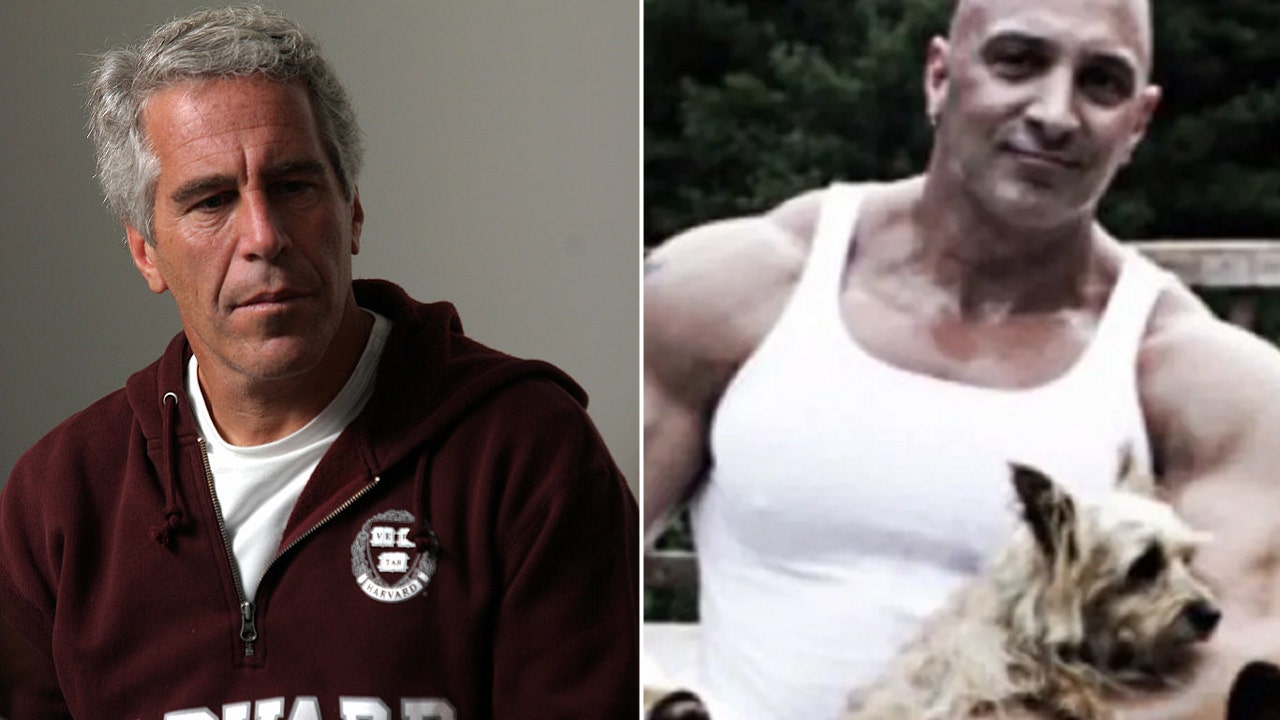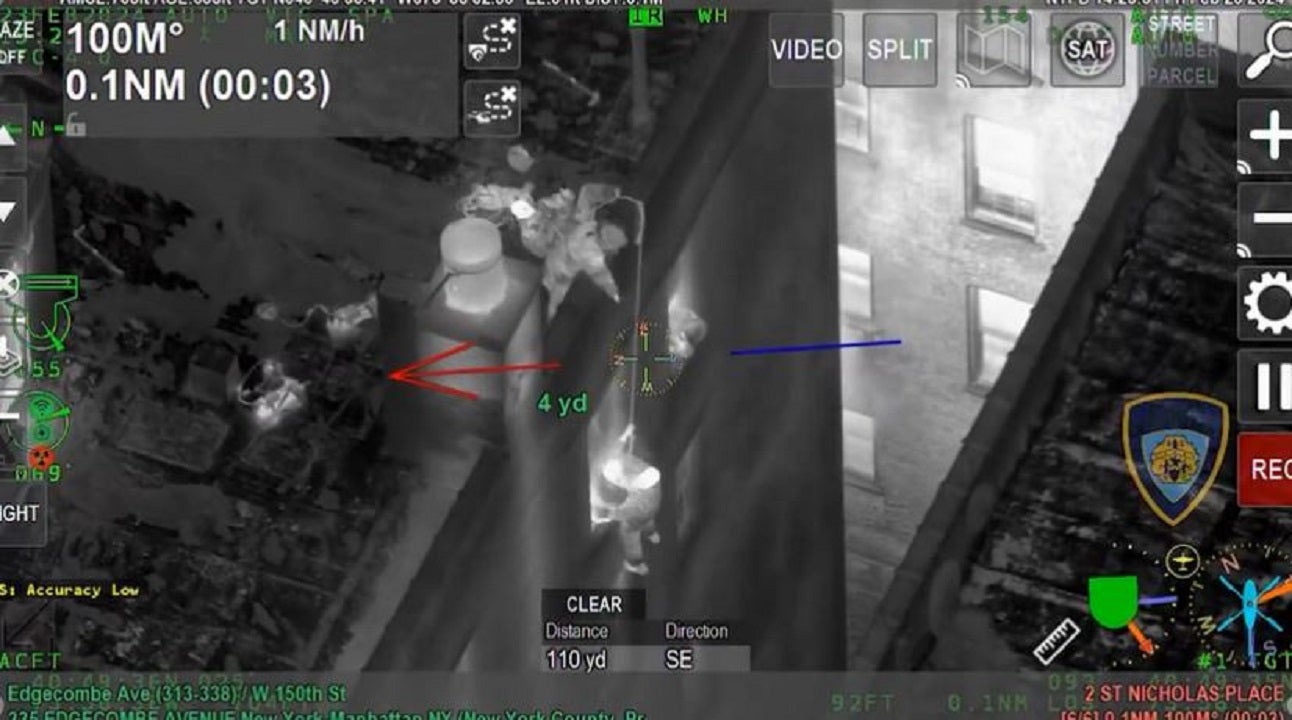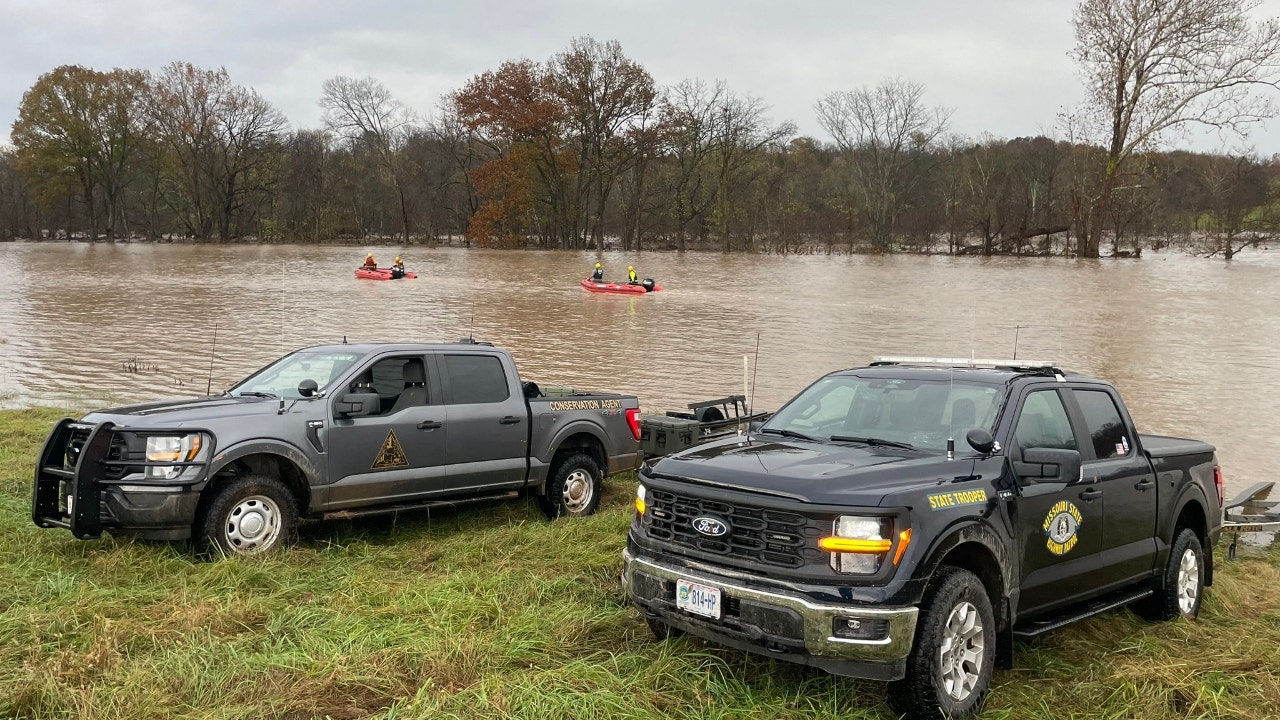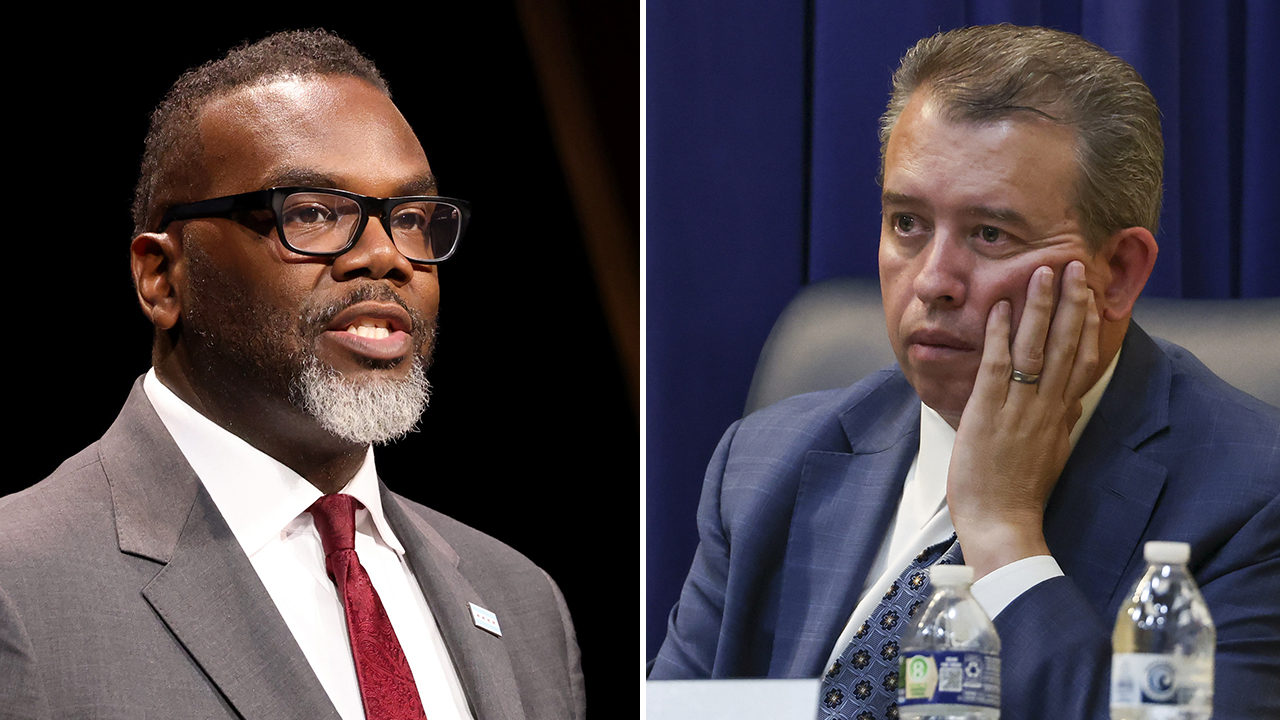California has been leading the national shift toward electric vehicles. And the Bay Area has led California.
As I recently reported for The Times’s climate desk, San Jose and San Francisco had the highest E.V. adoption rate among major U.S. metropolitan areas last year. They topped the list in 2021 and 2019, too.
Electric cars, pickup trucks and S.U.V.s accounted for nearly 40 percent of new auto registrations in the San Jose area last year and about 34 percent in San Francisco, according to data from S&P Global Mobility, an automotive market research firm. For comparison, E.V.s made up less than 10 percent of registrations in the New York area, and 3 percent in Detroit, America’s automotive capital.
Today I’m sharing new data, shown on the map above, that offers an even more detailed view of which Bay Area ZIP codes are leading the transition.
Some of the areas with the highest share of electric vehicles are associated with the E.V. industry (see: Fremont, where Tesla has a factory). But more often, high electric vehicle penetration correlated with higher incomes and with a higher ratio of single-family homes to apartments.
In wealthy suburbs like Los Altos and Saratoga, more than half of the new autos registered last year were electric. In lower-income areas like North Richmond and East Oakland, the share was closer to 15 percent. The lowest rates of all tended to be in more rural ZIP codes north of the Bay Area, like those near Ukiah.
That pattern echoes a nationwide trend. Americans who have made the shift to electric vehicles so far tend to be richer and younger than average and more likely to live in urban or suburban areas, research shows. Many buyers say they are motivated by environmental concerns, and some by interest in the latest cutting-edge technology.
That demographic profile is changing, experts said, but slowly.
To fight climate change, the Biden administration and many state governments want to accelerate the transition to electric vehicles. That’s because cars, S.U.V.s and pickup trucks powered by gasoline or diesel add up to one of the biggest sources of planet-warming greenhouse gas emissions in the United States. (They’re a major source of other harmful air pollutants too.)
California regulators passed strict auto emissions standards in 2022 that would, in effect, phase out the sale of gasoline-powered cars in the state over the next decade. Several other states have followed its lead.
Many consumers, though, still have reservations about going electric.
The lack of widespread and reliable public charging stations is one of the biggest roadblocks, experts said. That partly explains why small towns and rural areas with few charging stations have some of the lowest rates of E.V. use in the country. But even people in urban areas can have trouble plugging in, if they live in an apartment building rather than a single-family home with a garage.
“Being able to charge at home is the thing that very much still divides the E.V. experience from pretty easy and kind of hard,” Ken Kurani, a researcher focused on electric vehicles at U.C. Davis, told me.
The Bay Area, which leads the nation in electric vehicle registrations, also leads in public charging infrastructure. But a study that looked at access to public charging stations in California found “stark disparities” by income and race: Lower-income and Black- and Hispanic-majority neighborhoods tended to have less access to public chargers than whiter, wealthier neighborhoods did. That trend was more pronounced in areas with higher proportions of multiunit housing.
The high price tag on many electric vehicles is another big concern for many consumers.
Federal tax credits are available for used electric vehicles and for a limited list of new vehicles. Last year, California shifted its own popular E.V. rebate program to focus more specifically on lower-income car buyers. And the state and many local governments are pushing to close the charging gap.
The Bay Area “is ahead of the curve” on electric vehicles, said Ted Lamm, who leads the E.V. Equity Initiative at the U.C. Berkeley School of Law. That gives the region an opportunity to draw a road map for the rest of the country.
“The challenges that are faced here are the things that will play out years down the road elsewhere, just ideally with less friction,” he told me. “We often figure out the kinks, so others can do it more straightforward.”
Nadja Popovich is a climate reporter and graphics editor for The New York Times.
If you read one story, make it this
He was in prison. She was in Covid lockdown. They freed each other.
Tell us
We’ve been compiling our California soundtrack for years, and have captured most of the hits. What songs do you think still need to be added?
Tell us at CAtoday@nytimes.com. Please include your name, the city where you live, and a few sentences on why you think your song deserves to be included.
And before you go, some good news
“The Last Repair Shop,” a documentary about a musical instrument repair shop that has been tuning, maintaining and fixing up instruments for Los Angeles’s public schools for decades, won an Oscar on Sunday night for best documentary short film.
It’s also the first Oscar for The Los Angeles Times, which distributed the film with Searchlight.
The workshop is run by the Los Angeles Unified School District, one of the few districts in the country to provide free musical instruments and repairs to public school students. The heartwarming film follows four of the workshop’s 12 technicians as they repair more than 80,000 instruments.
The documentary was made by Ben Proudfoot and Kris Bowers, a Los Angeles Unified School District alumnus who discovered an early love of music while playing piano at school.
“‘The Last Repair Shop’ is about the heroes in our schools who often go unsung, unthanked and unseen. Tonight, you are sung, you are thanked, and you are seen,” Bowers said during his acceptance speech on Sunday.






